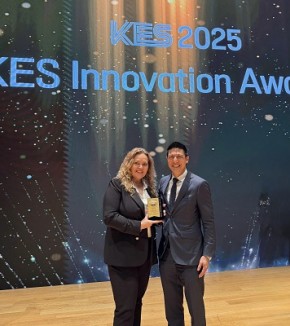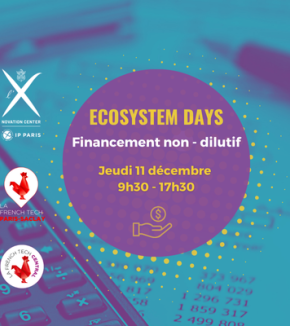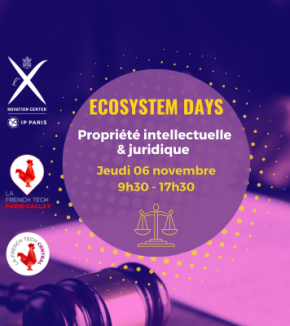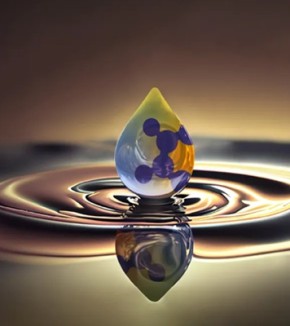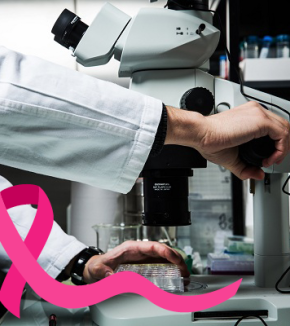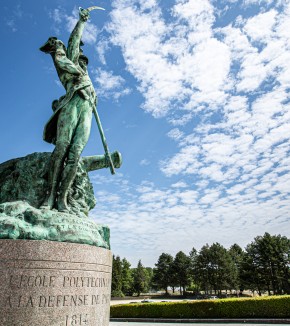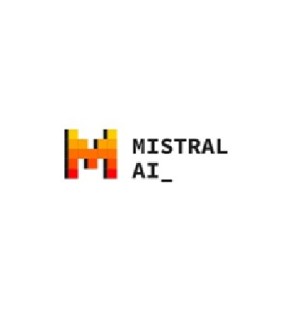Invisensing.io: advanced acoustic sensing and fiber optic data analysis technologies
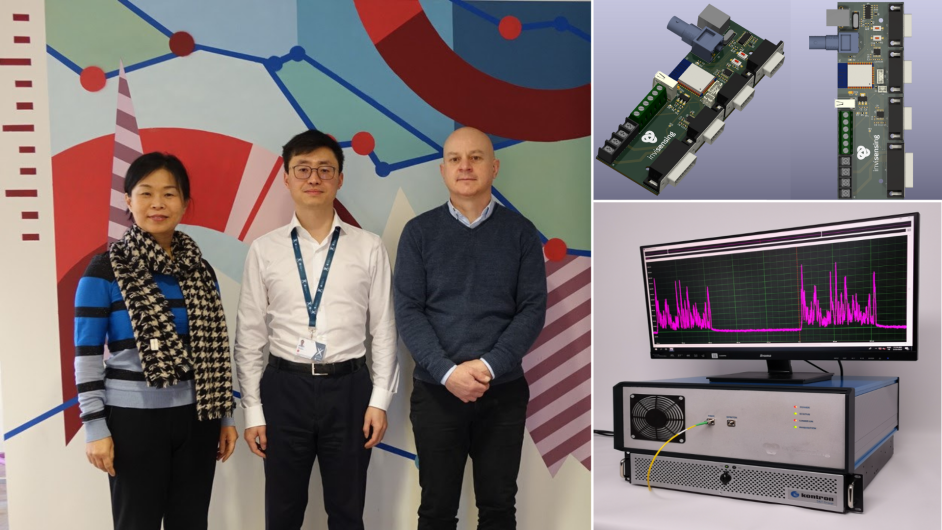 https://invisensing.io/
https://invisensing.io/
INTRODUCTION:
Who is Dr. Feng Yang? And what are your ambitions as an entrepreneur? In particular, with Invisensing.io?
I am a graduate of École polytechnique (X2001). After my engineering studies, I did my thesis in physics in the field of superconductivity. In 2011, I joined CGG (Compagnie Générale de Géophysique) and worked as a researcher on broadband seismic data processing.
This career path allowed me to gain first-hand experience in the fields of optical imaging and acoustic imaging. Invisensing.io is a marriage of these two fields.
My main ambition is to satisfy my curiosity in three axes: scientific, social, and economic. I was born in China and grew up there until my university studies: it was already this same curiosity that, 20 years ago, led me to come to France.
Scientific curiosity remains my main motivation, even if I spend most of the time looking for financial resources. If I succeed, financial independence will be the consequence of this success, not the initial goal.
When did you realize that you could create a company from the experience you had gained in acoustic imaging research at CGG? What were the foundations of your decision to create Invisensing.io?
My years at CGG allowed me to see how a new algorithm or measurement technique translates into economic benefits. I also saw how a company works, with its ups and downs, the importance of social dialogue, etc.
On a personal level, the fundamental reason that pushed me to create Invisensing.io is a rather universal desire, that of expressing oneself. For researchers, one way to do this is through scientific discoveries. In my particular case, there is also the desire to develop a business. Invisensing.io is the result of these two desires.
On the other hand, in order to realize these desires, one must also consider the external conditions: what one feels capable of doing, the resources one can mobilize... Creating a start-up needs both internal motivations and some favorable external conditions. In April 2019, I felt I was ready to launch this project.
What motivated you to join the X-TECH program at École polytechnique?
As a Polytechnique alumnus, I knew about the Drahi-X-Novation Center. 2022 is the right time to join the incubator: our products are ready to be launched and we are looking to gain visibility to support the growth of our start-up.
X-TECH offers advantages that suit us: the prototyping space, the events, the meetings with other start-ups, the connection with X-Corporate... All these services are very interesting for us.
Will you be using the Drahi-X-Novation Center's prototyping space and/or other services (labs, network, IP Paris, Plateau de Saclay...)?
As soon as we arrived at the Drahi-X-Novation Center, we used the prototyping space for product integration. Gareth Paterson helps us with 3D modeling and Cyril Hasson with manufacturing, among other services. The center's support is very diverse and we appreciate it very much.
Concerning the laboratories of École polytechnique, we have not yet signed any contracts with them, but we have been in touch with them since the beginnings of Invisensing.io. In particular, two laboratories have helped us a lot, the LPICM (Laboratoire de Physique des Interfaces et des Couches Minces) and the LULI (Laboratoire pour l'Utilisation des Lasers Intenses), and I would like to thank them.
Indeed, I did my post-doctoral stay at LPICM where I learned polarimetry and took part in the development of LPICM. Professor Bernard Drévillon, founder and former director of the LPICM, is my mentor in this entrepreneurial project. The development of the LPICM has strongly inspired me, from the invention of a powerful measuring device (ellipsometer) to strategic achievements for the photovoltaic industry. Invisensing.io, which now manufactures a high-precision Distributed Acoustic Sensing (DAS) instrument, also aims to take the lead in the monitoring and control of flow in pipelines. I would also like to thank Professor Yvan Bonnassieux (director of LPICM) for his support in our integration at the Drahi-X-Novation Center and his fellow researcher, Mr. Angelo Pierangelo, for our scientific discussions and his encouragement.
We are now at X. This is an opportunity to go further in our links with the university's laboratories and to carry out projects together.
Can you tell us more about your acoustic detection technology? How does it work?
Our technology consists in transforming a standard optical telecommunication fiber into an array of ultra-sensitive microphones. The optical fiber thus becomes a giant camera capable of photographing the acoustic wave field. Similar technologies already exist, they are part of the DAS (Distributed Acoustic Sensing) technology family, but compared to those in the market, ours offers a better signal-to-noise ratio and a wide dynamic range of measurements. We achieve this by combining our optical and signal processing know-how, which quantitatively and accurately decodes optical measurements into acoustic wave fields.
The measurement mode is remote, thanks to backscattering. Indeed, because of its manufacturing process, the standard optical fiber of telecommunication naturally presents points of diffusion of the light. A part of the light scattered by these points is back-propagated to the starting point (where the light is injected from). It contains information about the external environment, including vibrations felt by the optical fiber, which can then be captured and located with precision. This type of device is called an optical interrogator because it "interrogates" the optical fiber to obtain information about its environment. This allows, for example, to detect intrusions on sensitive sites (border between two countries, airports...) or to monitor the flow in pipelines.
Is your optical interrogator entirely manufactured or simply assembled at the Drahi?
We manufacture it entirely in another building and had already started to do so before coming to the Drahi-X-Novation Center.
What makes you different? Did you get the patent for your technology? What about this technology/field in France and abroad?
Not only we provide the optical interrogator, we also provide the software for real-time data processing based on artificial intelligence, because the volume of data collected is huge and we need to be able to process it to meet the customer's needs. And often, we couple our measurements with production or control systems to maximize the value of our services.
We have a patent that was granted to us on January 7, 2022. This is the result of a process that started in May 2019. It is an international patent issued in France and for which we have applied for an extension to the United States and Saudi Arabia.
Regarding your third question, there are many optical laboratories in France, and also in the field of fiber optic detection. In addition to those in Palaiseau-Saclay, the best known are in Bordeaux, Lille, and the Bourgogne-Franche-Comté region. Regarding the competition abroad, the strongest comes from England, there are many British companies working in the same field as Invisensing.io.
What advice would you give to a researcher on how to approach the world of entrepreneurship and become an entrepreneur while continuing their research work? Did you have to make any choices?
The first piece of advice I would give would be to take appropriate training courses. For example, the Deeptech Founders training course, under the patronage of Bpifrance, which allows you to benefit from the experience of entrepreneurs. HEC Challenge Plus is also a training that I would recommend: it deals with the method to follow to be a good entrepreneur but from a global point of view. It was very useful and enriching for me, especially on the monitoring systems to put in place to follow the growth of a start-up.
A second piece of advice is to rely on the intrinsic qualities of researchers, who have a great worf capacity, concentration, and rigor. In the world of entrepreneurship, these qualities are particularly valuable. Indeed, I find that there is a certain parallel between the scientific research process and that of entrepreneurship. In both cases, it is a question of coupling freedom with discipline: the two go together.
Of course, there are differences between the research profession and the entrepreneurial profession. For example, when you are an entrepreneur, you no longer have bosses like the CNRS or universities but you have to look for financial or material resources. An entrepreneur has to find everything by himself.
Securing the necessary resources is the most important task of the entrepreneur-researcher. Only then can he or she continue to do research work for his or her company. In my case, I am learning to become an entrepreneur and put the role of pure researcher in the background.
BUSINESS:
What is your opinion on the importance of the DeepTech sector in France?
French DeepTech is very dynamic and supported by the whole ecosystem. This is important because a rich country must be an industrialized country. DeepTech allows France to take a strategic position for the future growth of its industry, especially through the export of new high value-added products.
Overall, DeepTech generates social, ecological and economic benefits.
I also believe that DeepTech helps to cultivate and continue to nurture the scientific curiosity of students.
How do you think the development of DeepTech startups (like Invisensing.io) in the Paris-Saclay innovation ecosystem can be further stimulated and more widely in France?
The Paris-Saclay ecosystem has three very favorable ingredients: large companies, schools/universities with a pool of students and laboratories, and numerous start-ups that carry the innovation vector. It is an ideal and favorable place for the development of DeepTech start-ups. There should be even more investors, but there are already some in Paris-Saclay.
INVISENSING.IO:
Could you share some key figures about Invisensing.io? How big is it? At what stage of development is it? What is its turnover?
We are a team of 6 people. The majority is in Palaiseau but other team members are in other cities (Dubai for example to be closer to oil and gas customers in the region). We are in the product-market matching phase. The estimated turnover for this year is around 400 k€ made up of the sale of DAS and other services.
Your first digital brochure went into production, how much work did you put into that? And what does this mean for the start-up? Which market is showing the most interest in your solution?
After working for a few weeks, the brochure is launched as an expression of our commercial will. We share this brochure with our partners who participate in the distribution of our technology and service. The market that shows the most interest is around pipeline monitoring.
You mention on your website that you have collaborations with sensor cable manufacturers, what other important collaborations/partnerships do you have?
We work with leading laser suppliers to build our optical interrogators. An important partnership is with the École des Mines de Paris, on the part of multiphase flow control in ducts.
It is important to create and cultivate good win-win collaborations and partnerships.
NEWSROOM:
You announced in November 2021 the partnership with AFKAR, how did it help you deploy your solution in the MENA (Middle East & North Africa) region?
AFKAR Ventures is created by a group of top engineers and managers with more than 30 years of experience in the energy field. They gave us access to a large network and provided us with local presence in the MENA region: direct links with customers and operational teams. AFKAR's strong business base will certainly accelerate the deployment of our technology and make oil and gas operations safer and smarter in this region.
What is the international presence of the start-up? (in how many countries, continents...) Today and in the future.
We have connections in Germany, Norway, China, the Middle East, North Africa, and the US. The success of the start-up will depend on turning these connections into projects and revenue.
Is there any big news coming up for Invisensing.io?
We will soon be implementing an advisory board. The goal is to better manage the strategy of the start-up and to review, monitor and recommend actions for the development of invisensing.io.
GOALS AND ROADMAP:
In terms of the invisensing.io journey, what are some of the key successes you have experienced, and what decisions would you make again?
First, building a good team, able to lead and execute this project.
Secondly, the realization: we developed and released a high precision DAS product. Thanks to these successes, we have always had the confidence of banks, notably Bpifrance and Société Générale.
We are going to develop the distributed temperature measurement (DTS) in the fall of this year, which will be integrated with our DAS. Then, we are putting our efforts into developing a very low frequency DAS, which will enable us to develop distributed pressure measurement, the DPS, at a controlled cost.
To conclude, what are your main milestones for this year?
The main objective is to start selling massively and establish the sales cycle of the DAS.
Fundraising is also an important goal. We need the resources to support the recruitment of qualified engineers for the proper execution of the project.
 Support l'X
Support l'X 
